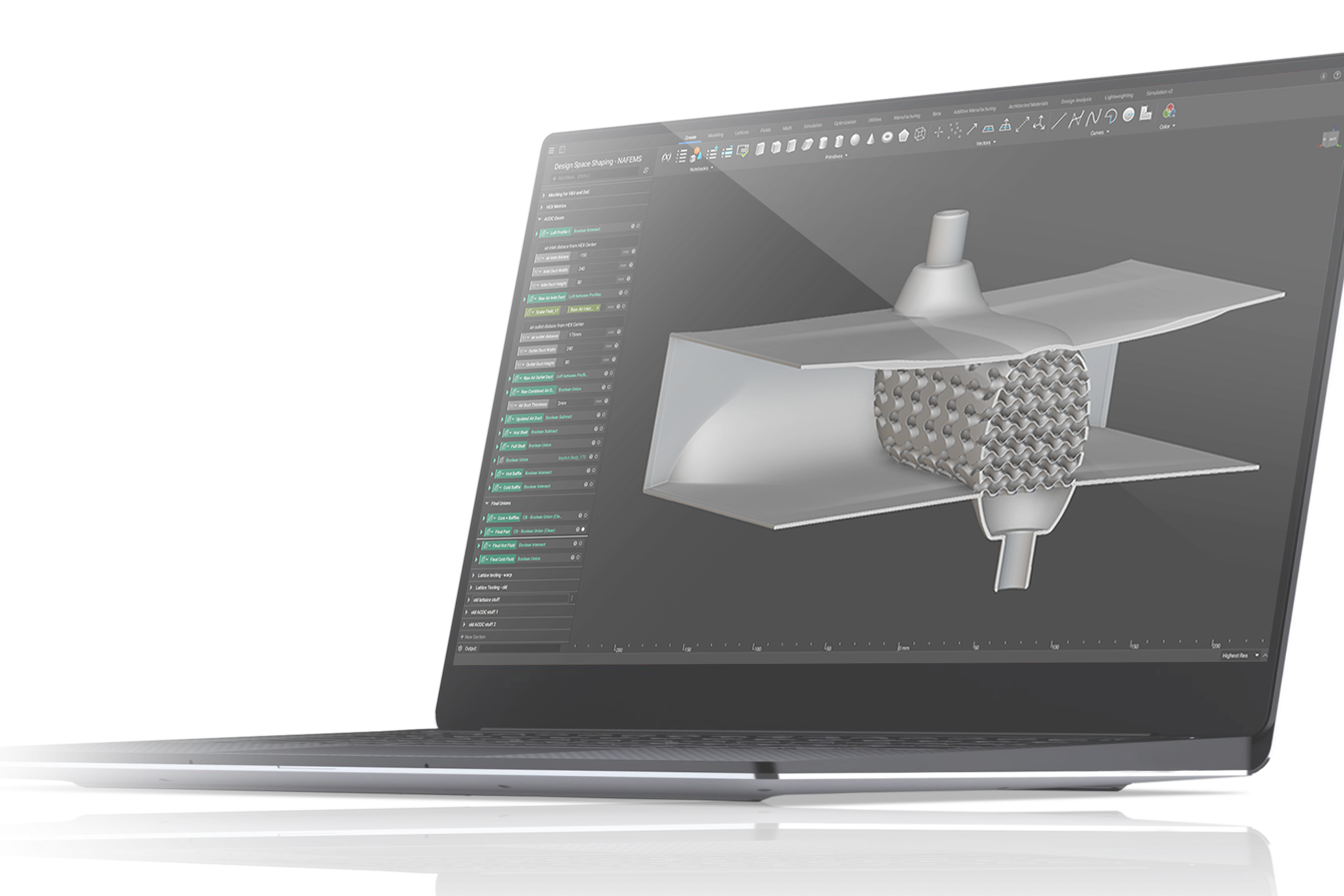Design brief: The Aurelius Mk1 turbine core
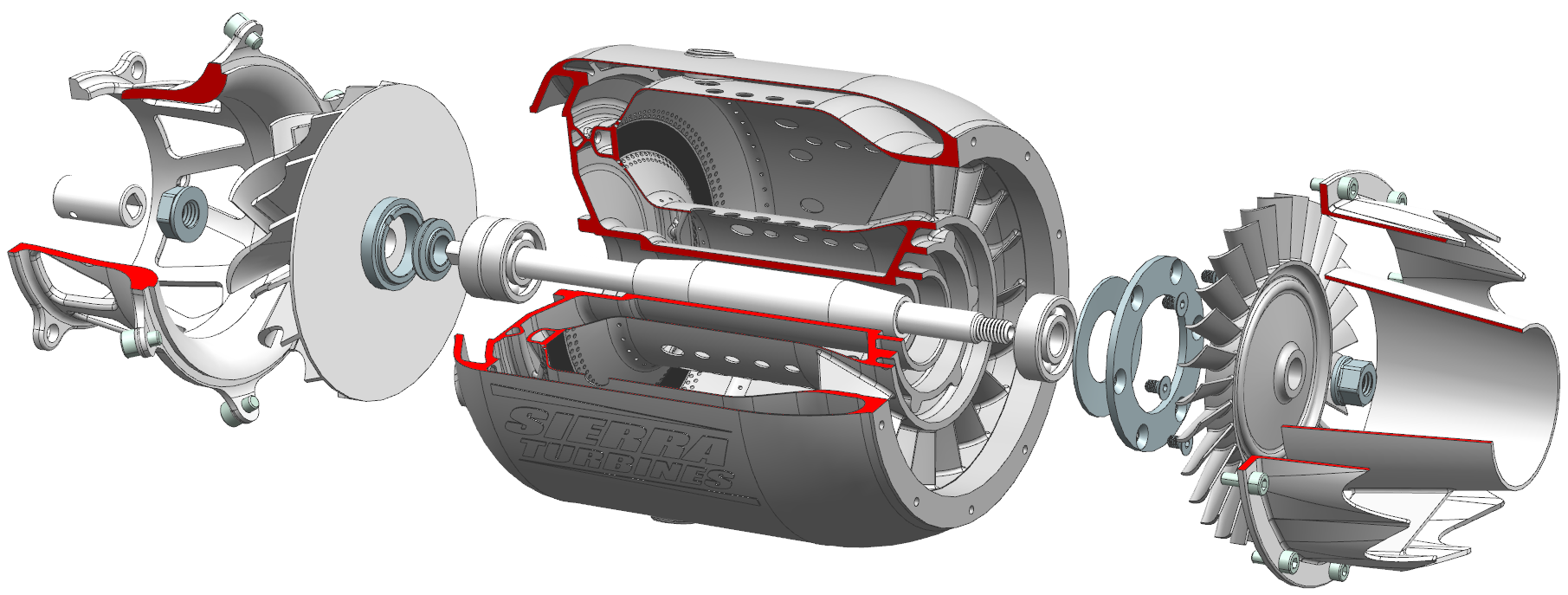
Written by David Laudermilch
Published on August 12, 2020
Working with VELO3D and nTop, Sierra Turbines re-imagines the design of a microturbine by decreasing part count from 61 to 1 and designing a 360-degree fuel injector. Read below to learn more about this project.
From the beginning, our design objectives at Sierra Turbines were straightforward, but lofty when compared with current state-of-the-art microturbines:
- 40x Increase in time between overhaul (TBO)
- Increased thrust-to-weight (or power-to-weight for turbo-gen applications)
- Decreased unit cost to machines of comparable power
The path to achieving these goals required improvements in efficiency throughout every component and system in the microturbine core. Microturbines have historically been simplified versions of their full-size counterparts. Cost restrictions have, until now, prevented the adaptation of complex part geometries found in larger gas turbines. From very early on in the Aurelius Mk1 project it was clear that additive manufacturing enabled the freedom to produce complex features which would have been prohibitively costly using traditional subtractive manufacturing, or welded constructions. The static assembly of a gas turbine core is the ideal application to showcase the benefits of additive, some of which in this case are:
- Reduced part count. The Aurelius Mk1 core replaces 61 separate components with one part.
- Closer tolerances, due to reduced assembly work and minimal post processing.
- Freedom to design complex geometries.

Exploded view of Aurelius Mk1.
Less parts
The cost and energy savings from the consolidation of 61 parts into one part cannot be overstated. Production and transport of different raw materials, manufacture of individual parts using different processes, shipping of individual parts, tedious assembly work, joints of dissimilar materials, reliance on extra seals or fasteners, and more. All of this waste is simply eliminated by the integration of many parts into one printed part which subsequently requires minimal post-processing. This high level of integration however wouldn’t have been possible using machines other than the VELO3D Sapphire metal 3D printer. The no-contact re-coater blade used in the VELO3D machine allows support-free printing of overhangs down to 30 degrees, which in terms of additive manufacturing freedom is the equivalent of the falling of the Berlin wall. A further benefit of printing the Aurelius core with VELO3D machines is their recent introduction of printing in Hastelloy-X nickel superalloy. Hastelloy-X is the material of choice for many full size gas-turbine combustion chambers, due to its content of Chromium, Tungsten and Cobalt. Reducing the number of parts has also reduced the number of joints between parts, which in turn reduces the number of seals and fasteners required. Also, the reduction of joints eliminates potential leak paths which can negatively impact engine efficiency. Finally, all the internal oil and fuel circuits in the Aurelius Mk1 are integrated into the one-piece ‘printed’ static core.
New ideas
The consolidation of parts also brings the opportunity for novel design solutions. As the designer is freed from the constraints of traditional manufacturing, they can instead focus purely on defining the geometry needed to perform the required task. For instance, additive manufacturing enabled a re-think of fuel spray and flame shape in our combustion chamber. Traditionally, fuel is injected at many points around the diameter of the combustion chamber, and these column-shaped flames are then stabilized by controlling the flow of air around them. Instead, our design employs a 360 degree fuel injector by which fuel is delivered equally around the entire circumference of the combustor, and atomized while passing through a finely spaced lattice geometry made possible by additive manufacturing and nTop. The resulting ring-shaped flame is stabilized by strategic swirling of the air inside the combustion chamber.
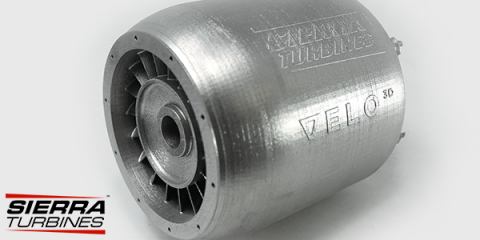
Our static core as printed by VELO3D.
Even more benefits
A further benefit of additive manufacturing is the ability to create more mass-efficient structures compared with current state-of-the-art turbines. We expect a significant thrust-to-weight ratio improvement over currently available turbines of comparable power. Finally, and perhaps most importantly, the time between overhaul of the Aurelius Mk1 is projected to be 40x that of current turbines on the market. This is achieved by the cumulative effects of a number of improvements in bearing application, manufacturing tolerances, lubrication and thermal management features made possible by additive manufacturing. The recent printed geometry of the Aurelius Mk1 core is a work-in-progress that has helped us define what is possible in terms of component integration and ‘printability’ in Hastelloy-X. Our work going forward highlights another benefit of additive: that it enables development of a product without the burden of large tooling costs or expensive prototypes. For future gas turbine development we aim to leverage the power of additive manufacturing to integrate features such as an efficiency-boosting recuperator, printed-in sensors, and more novel insulating and cooling geometries. To learn more about this project and what we are doing with nTop and VELO3D watch our webinar.
David Laudermilch
David is the Chief Designer at Sierra Turbines. His career spans over 30 years, working in various industries at companies such as SAAB, General Motors, Erik Buell Racing and Rolls Royce.
Related content
- VIDEO
Topology Optimization Design for Cast and Injection-Molded Parts
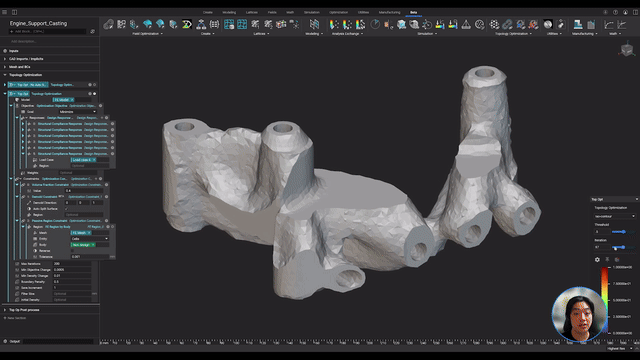
- VIDEO
Lightweighting an impeller for additive manufacturing
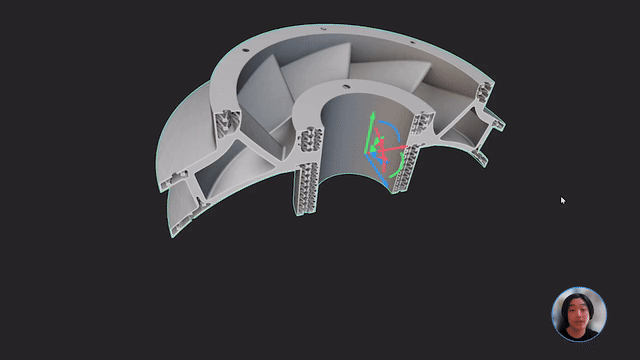
- ARTICLE
Advancing structural performance of aerospace heat exchangers
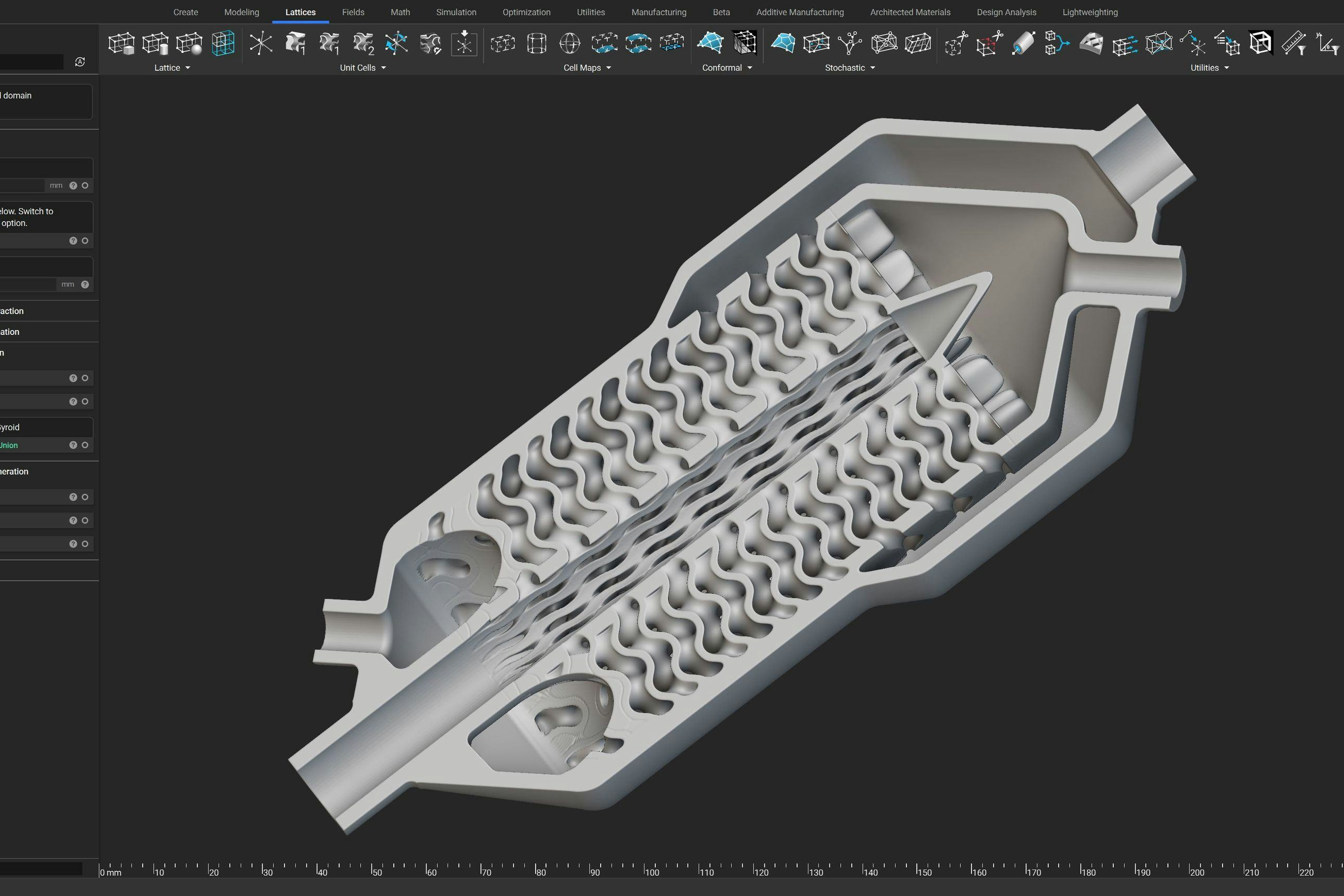
- ARTICLE
Flow management innovations: reducing pressure drop and energy
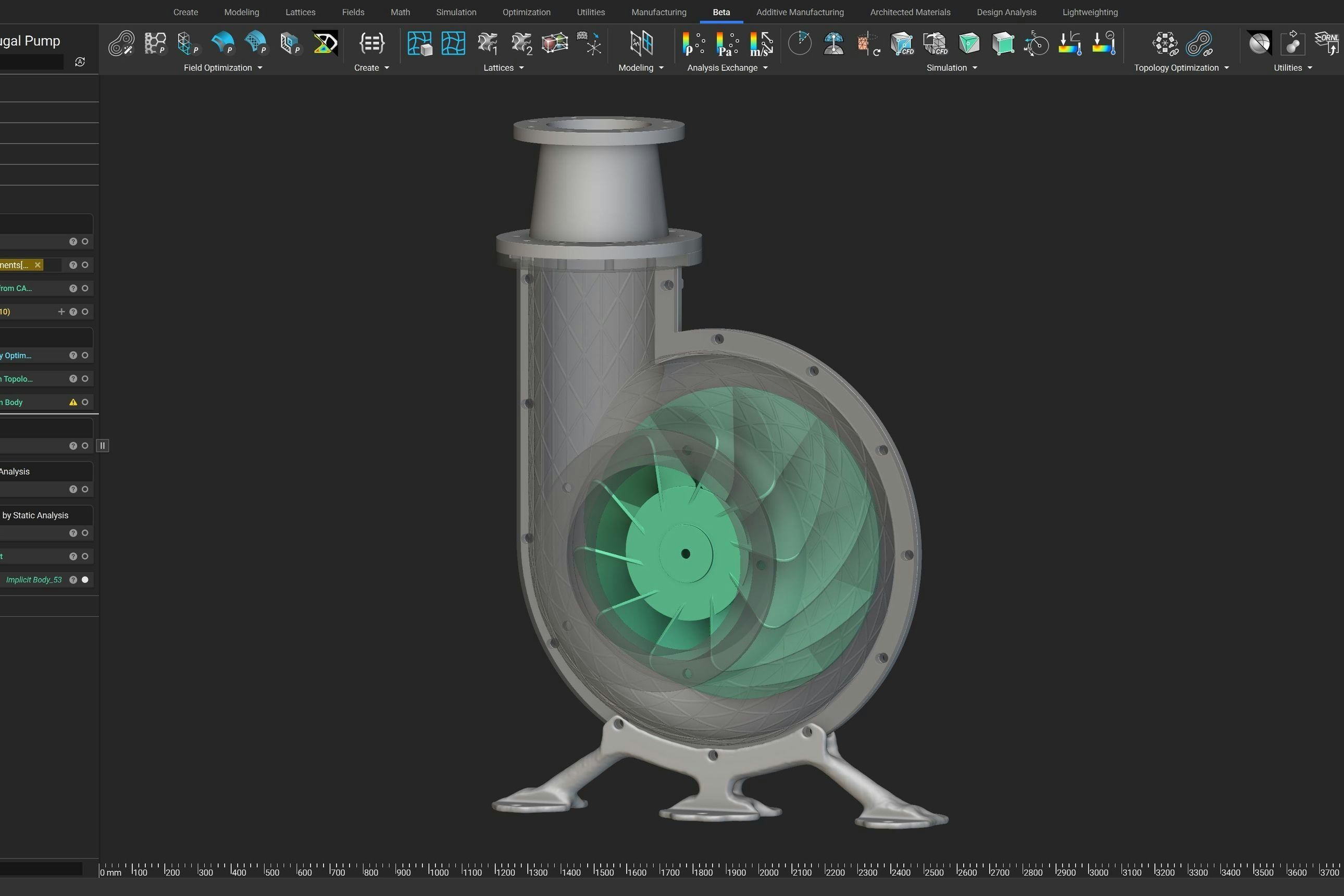
- ARTICLE
Efficient thermal and fluid management strategies for aerospace heat exchangers
